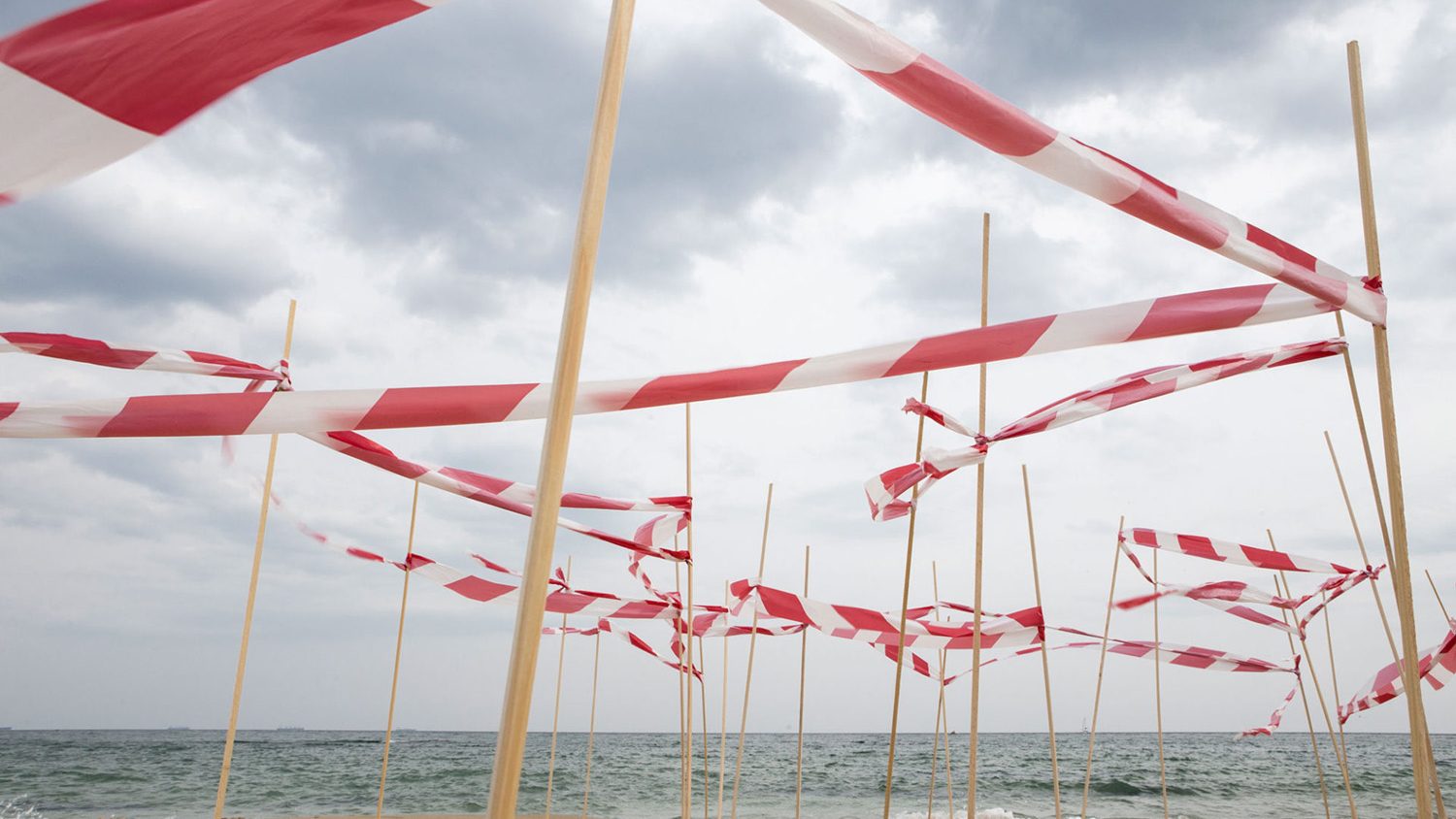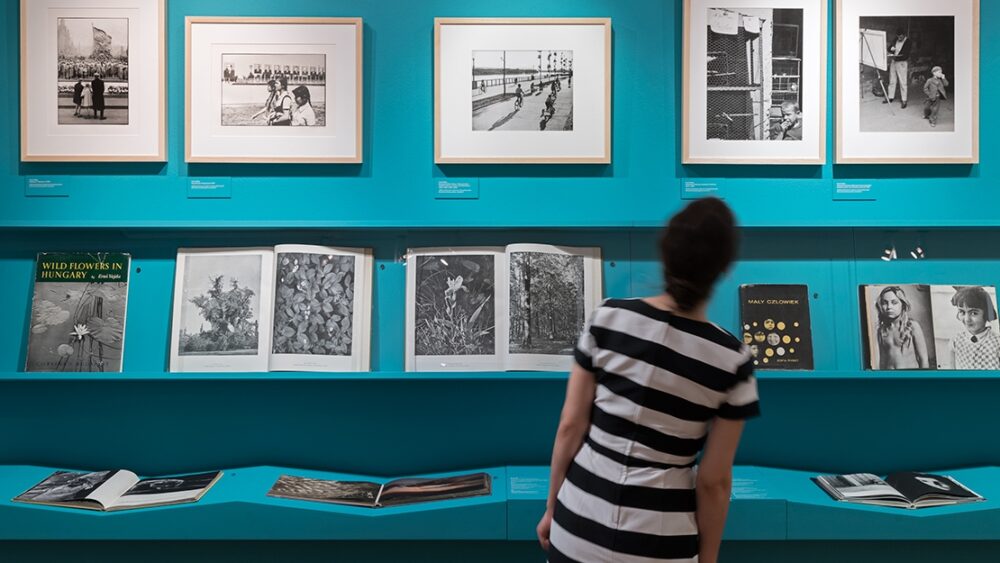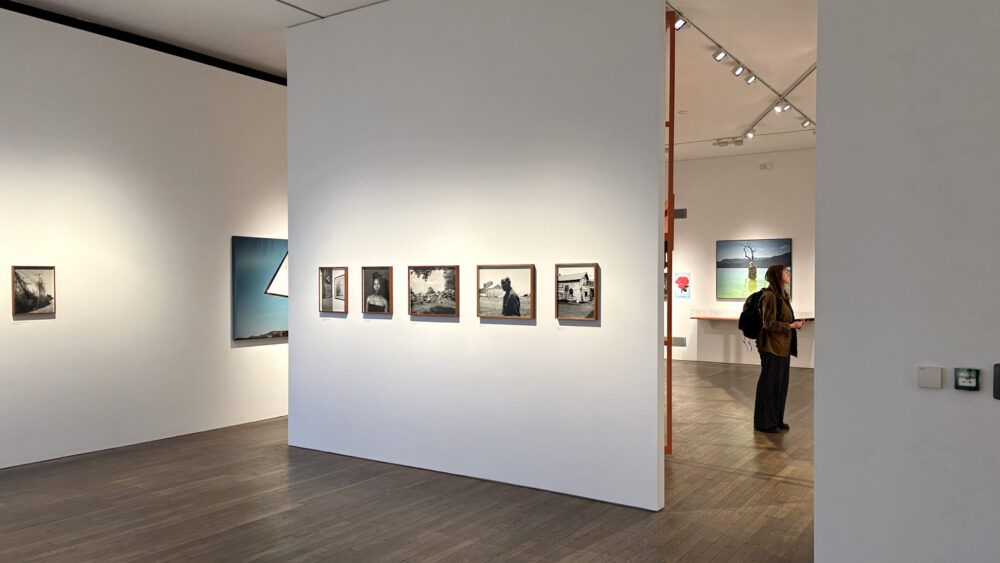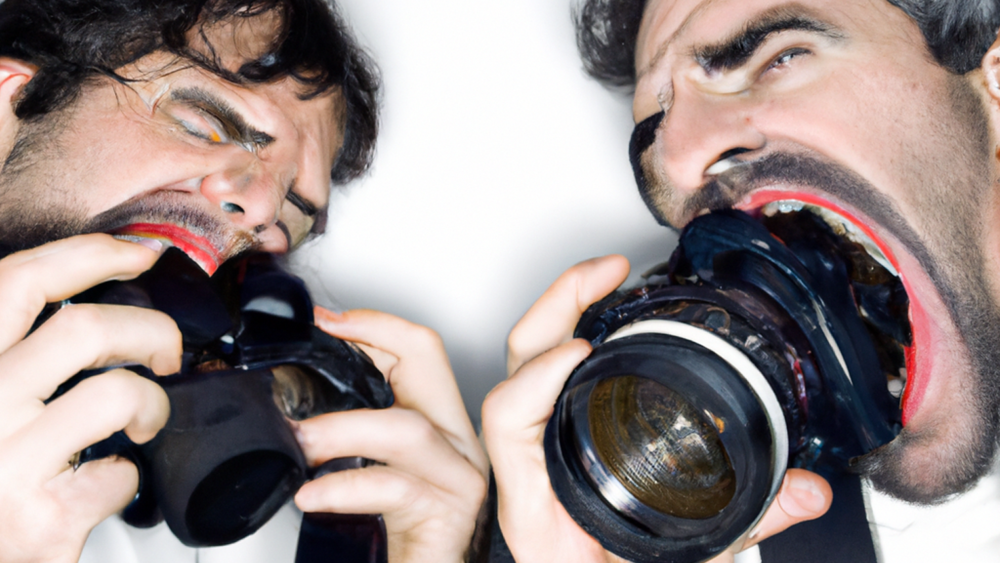Global pandemic and local lockdowns: challenges faced by photographers
Łukasz Rusznica, Art director of TIFF Festival, Poland:
The most obvious answer is contact with the audience. I think that the pandemic and lockdown have encouraged us to use the opportunities of social media and the internet as the main communication channel. It shows the advantages of Zoom and other online communicators. However, it also takes away an important element of experiencing art: substantiality. It is a very difficult situation for everyone, especially for those who work with the photobooks. Personally, I feel that the greatest danger that lies ahead of us, in these difficult times, is banality. Pictures of empty streets or people in facemasks do not describe our experience in any way – they do not reflect fear, fatigue, or irritation. I am not sure if this experience is describable at all while it is still going on. We need a time perspective and reflection, yet I am afraid of the hell of post-pandemic projects sliding on the surface of the horror we have lived through.
Gintarė Krasuckaitė, Curator at the Kaunas Gallery, Lithuania:
The pandemic has made it really difficult or impossible to research personal archives and document the stories of older generation photographers, those who were not as visible in the photography field and did not receive wide recognition. As a result, this obstacle creates a chain reaction that affects exhibitions and publication content, and also slows down the process of rethinking the history of local photography.
On a positive note, the importance of photobooks has become more prominent. Also, the initiatives of support for photobook publishers have really strengthened the network and given a chance for more visibility. Also, from an institutional perspective, it was a great reminder of how stable the photobook format is in the photography field.
Jenny Nordquist, Director of Landskrona Photo Festival, Sweden:
We had to test new digital solutions in order to connect with artists, and one aspect that worked very well for us was the digital portfolio review. Taking the process online, it allows more reviewers and photographers from all over the world to participate. It also gives the reviewers the opportunity to prepare before the online meeting, so they have a more intimate knowledge of the work.
Grzegorz Jarmocewicz, Artistic Director of Białystok Interphoto, Poland:
The pandemic limited the mobility of artists and the implementation of foreign projects. However, it did not completely eliminate their activity, gallery activities or the functioning of photo festivals. Many new forms of online events and online exhibition platforms have emerged. As a result, staying in our places of residence, we can participate in the artistic life of the whole world, which is a positive side of COVID-19.

Kateryna Radchenko, Director of the Odesa Photo Days, Ukraine:
The greatest challenges for me were: the rapid transition of photography as a material medium to the virtual dimension of presentation; the need for curators to adapt to working within virtual walls and websites; and complete refusal to work with physical space, integration, and material. The absolute advantage was expansion of the geographic horizon. Online events made it possible—and technologically easier—to get knowledge and information, to share experience, and to engage audiences from across the world.
István Virágvölgyi, Curator at the Robert Capa Center, Hungary:
The biggest challenge to all of us caused by the pandemic is uncertainty. It was never easy to plan your professional – and private – life ahead in the art industry that often operates with arbitrary schemes and structures. In addition to this, the photography scene is small and, thus, fragile and I think it might not be robust enough to enable a decent living for all of its members. I am afraid many photography professionals are pushed to look for new income options elsewhere. Although it is never easy, it is usually good to redefine the priorities in your life every now and then. This might be the right opportunity for this and hopefully something good will come out of this transitional period.
Liza Premiyak, Managing editor, The Calvert Journal, UK:
There’s no denying that this year has been hard. However, there is something to be gained from the shared pandemic experience. Over at The Calvert Journal, usually we pay close attention to the idiosyncrasies of a particular place or culture. However, 2020 has meant making more room for stories about the things that truly bind us — connections, relationships, communities — and giving opportunities to a variety of photographers to share their experiences of this year.
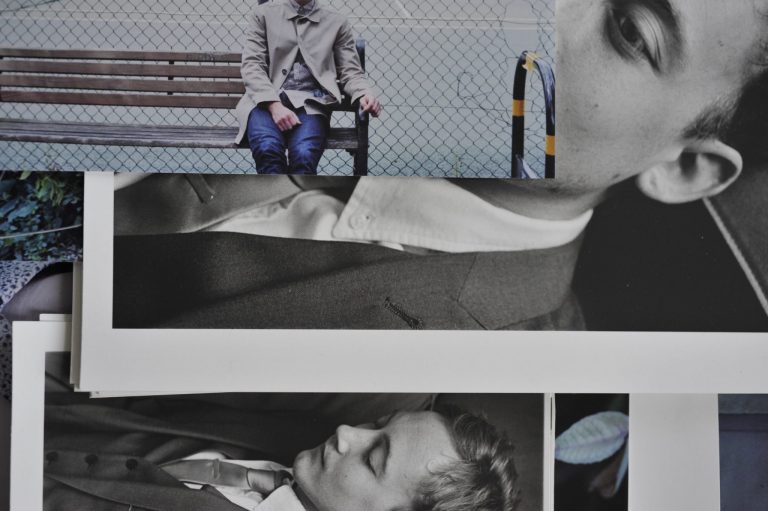
Markéta Kinterová, Artist, editor-in-chief of Fotograf Magazine, Czech Republic:
I think visually, the challenge itself is a way of how to communicate pandemic. Is it an image of people with facemasks? Yes and no. The issue is much more complex, so, for example, with the Fotograf we avoid publishing something like a “facemask portrait” on the cover of the magazine because it is just not enough.
But the biggest challenge in the second wave of the lockdown during October was to open the Fotograf Festival for almost no audience. This is something that we all in the team still go through and need to think about. Is it really a form of an exhibition, what is the milestone of certain art or certain progress? Or is it a process of creating, presenting and absorbing of art? And where all of this should actually happen? In a gallery, restaurant or online?
Nadya Sheremetova, Curator, director of FotoDepartament, Russia:
I think the best thing that the pandemic has brought to photographers, curators, and institutions was that they/we stopped running, but at the same time it has helped us to be more accelerated. Despite the experience of confusion, many participants in the field were able to significantly rebuild themselves and start acting efficiently in the new circumstances. Consequently, photo shooting at a distance through Facetime or Zoom appeared, and festivals and even photobook fairs were held online. The barrier of distance and inaccessibility has gone, and the reason for not ‘coming’ to the event was only our curiosity or professional interest. The lockdown turned artists and photographers towards self-education, because finally, without fuss, it was possible to find some time for complex things – like theory and reading, for which there was always not enough time. We saw this trend in our educational online project Projection. Therefore, I consider the changes that burst into 2020 as opportunities to quickly rebuild our way of life and art practices. Because now the world will always be so unpredictable, and we have had the experience of a very useful regime – to accelerate and not to rush.
Arnis Balčus, Director of Riga Photomonth, editor of FK Magazine, Latvia:
The biggest challenge was for festivals and other large-scale events – they had to cancel, lose money or re-schedule their events. The hardest restrictions are now when museums and galleries are closed in Latvia and photographers aren’t allowed to work. On top of that, our government is rising taxes for the creative field, which is insane. I feel pretty happy with what we did with Riga Photomonth this May-June – doing things on the internet, invading public space with guerilla art activities, but it could have been a complete disaster had we already spent a lot of money on things that could not take place. The biggest problem of all events now is that they are quite local despite having foreign ‘guests’ on Zoom, for instance.
Peter Puklus, Artist, Hungary:
For me this year was about slowing down, enjoying what I have and focusing on my close surroundings emotionally and mentally. Facing my own feelings and trying to photograph them is a whole new experience.
Lyolya Goldstein, Art curator and critic, photo editor at Bird in Flight Magazine, Ukraine:
The lack of live communication gives us an opportunity to invent new types of interaction. We went to the streets to display exhibitions. We try to reach out to each other and to our viewer through all possible online methods, we make internet auctions to make money, flesh mobs dedicated to paintings to make fun, we are pushing our ideas via texts, conference calls and webinars. Tough time for an industry, which is standing on visual impression, but absolutely exciting.
Branislav Stepanek, Editor-in-chief, Fotonoviny/The Photo Newspaper, Slovakia:
Although the vast majority of the culture industry (at least in Slovakia and the Czech Republic, but I think this has happened worldwide) is severely struck, several institutions tried to overcome the situation by making use of social networks, organizing events via video communication apps or even publishing their whole exhibitions online, such as the show Me, Family in Mudam, Luxembourg. The paradigm of presenting and communicating art to audiences certainly shifted, and prompted many authors, curators, exhibition designers etc. to find new ways of doing their work, and that is a good thing. Sadly, this process will produce not only winners, but also losers in the economic sense. Some quality work will probably have to give way and gradually fade to history.
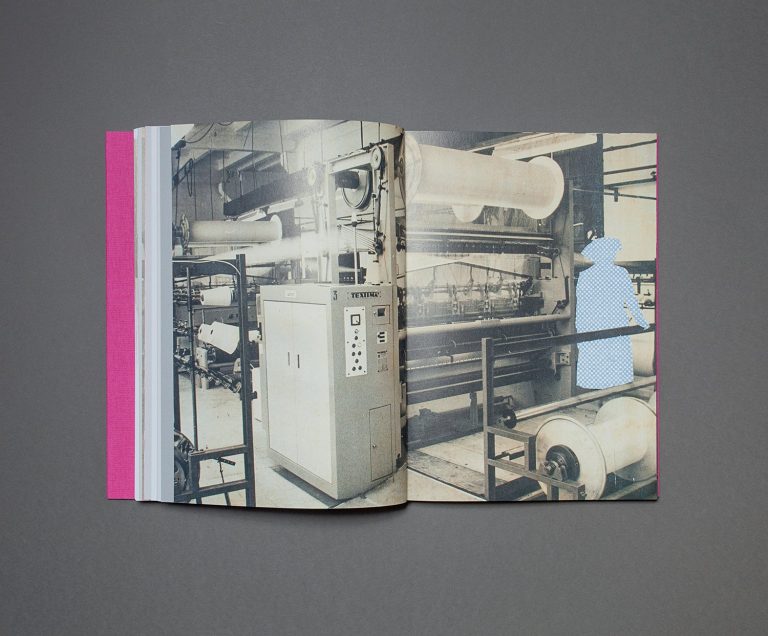
Kati Kivinen, Chief Curator at the KIASMA, Finland:
Not being able to travel nearly at all has accentuated the role and importance of publications – at least to my mind. Staying home did not feel so bad, when being accompanied by a selection of great books, catalogues and photo-essays. One publication that I could mention here, as a good example, is the recent book Dream is Wonderful, Yet Unclear by Maria Kapajeva (Milda Books, 2020). I actually saw Maria’s exhibition a year earlier in Riga at the Latvian Museum of Photography, so it was great to return to Maria’s story about the relationship between collective and personal memories by looking at the community surrounding the Kreenholm Textile Mill in Narva, Estonia.
Adam Mazur, Editor-in-chief of Blok Magazine, Poland:
Lockdown, push backs and cancellations of shows, festivals, conferences. One big mess and hell of a year.
Anna Tellgren, Curator of Photography, Moderna Museet, Sweden:
Museums and galleries have had to be closed because of the pandemic. It is impossible or very difficult to travel. Exhibitions have been cancelled or postponed. I know that photographers will find other ways to present and also find an audience for their important works. Very important for the future!
